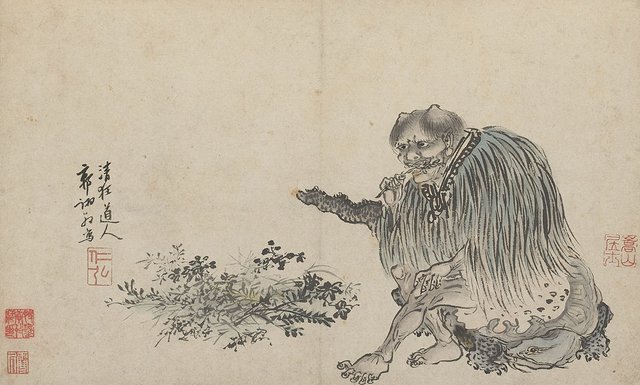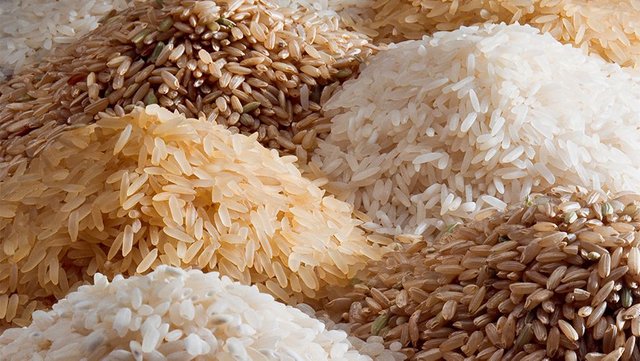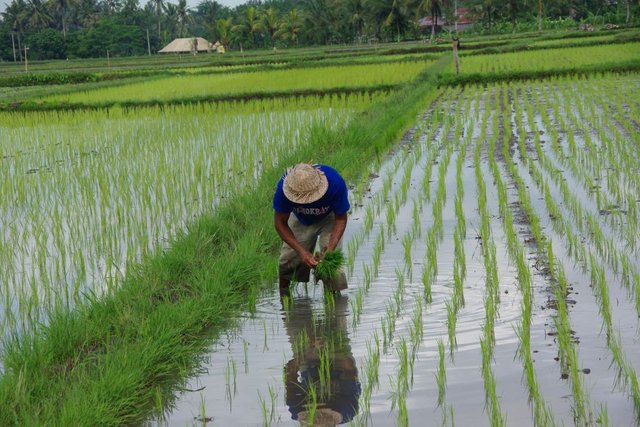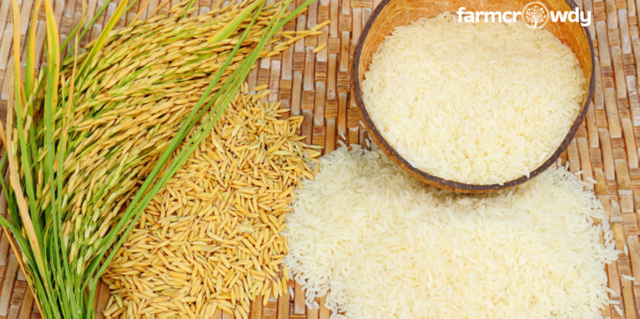The planets most popular source of calories - RICE!
When it comes to talking about rice, you would think that there are probably far more interesting things to talk about, like wet sponges, or the different drying speeds of various paint brands. But when you consider that rice is the most important grain when it comes to basic human nutrition and caloric intake worldwide, it could sound a bit more interesting. In 2014, 750 million metric tonnes of the stuff was produced worldwide, second only to sugar cane at 1.9 billion tonnes and maize at 1.0 billion tonnes. But a sizable portion of both maize and sugarcane crops are produced for purposes other than human consumption, whereas rice is almost solely harvested for consumption. In actual fact, it provides one-fifth of the calories consumed by humans worldwide, especially in Asia.
So where does rice come from?
I've always wondered how early humans discovered the foods we eat today, like what was the guy that first milked a cow thinking?!? And how long did we eat everything raw before we discovered fire and how to cook? When it comes to rice, Chinese legend says that the domestication of rice can be attributed to Shennong, the legendary emperor of China and the inventor of Chinese agriculture. Evidence shows that domestic rice can be traced back to a single domestication between 8,200 and 13,500 years ago in Ancient China's Pearl Valley. Previously it was thought that rice originated in the Yangtze River valley region. However, in 2003, archaeologists in South Korea claimed to have discovered domesticated rice which dates back 15,000 years ago, laying challenge to the accepted view that it originated around 12,000 years ago in China. Wild rice, from which a domesticated crop must have been developed, may be native to Australia.

Shennong as depicted in a 1503 painting
Image Credit
Rice production today
Traditionally rice is cultivated in flooded fields. The fields are flooded like this to reduce the amount of weeds and pest plants, as well as vermin. However this method requires proper planning of the damming and channeling of the water. It is not essential for the fields to be flooded though, but the farms put in more work to control weeds and pests, and the soil fertilization is also different.
The seedlings are planted in straight lines, and the paddies (rice fields) which the plants are grown in is continually flooded to around 1/3 of the stem height of the plant. When the plants are ready for harvest, the grains begin to yellow and dry. The paddy is then drained and the rice is harvested by cutting the stems and gathering the grain-bearing ends. These are then put into a machine which separates the grain from the stem. The grains are then dried in the sun, and once dry they are ready for milling which removes the yellow outer layer. The end result is the white rice we recognize on our tables!
Different types of rice we use in cooking
Rice doesn't just come in one variety though, there are many different types and we use them in all different types of cooking. Here are a few which you might be familiar with and the cuisines they are associated with:
White rice
This is the most common variety. It pairs well with most dishes, and is always a great support to make other flavors shine.
Basmati
Traditionally from India, this rice is recognizable from it's long, slender shape. Around the world it is knows as the "Prince of Rices", and has a distinctive flavor and texture. It is mainly used in Indian cuisine, especially in curries. The word 'Basmati' actually means "fragrant". Once cooked it should be very light and fluffy.
Jasmine
Similar to Basmati, this is also a long and slender rice when compared to white rice. It has a sweet flavor and is typically used in Thai cuisine.
Brown
Apart from the obvious color variation, brown rice also has a nutty flavor and a more chewy texture than white rice. It typically takes longer to cook and the bran, or outer layer, prevents it from absorbing juices and sauces the same way white rice does. It is used in rice-cakes and deserts mostly.
Sushi Rice
Sushi rice, also know as pearl rice, is starchy and and sticky. As you might have guessed, it's main use is for sushi. It is also used in some deserts though.
Arborio
This short, wide-grain rice, best known in risotto, has a high starch content. As it cooks, the starch is released and lends a creaminess to the dish.
Black Rice
Also known as wild rice or forbidden rice, black rice cooks much like brown rice, and its antioxidant levels are on par with those of blueberries. It has a sweet and nutty flavor and goes well with Asian inspired dishes.
I hope that this post has been as informative for you reading it as it was for me writing it! Maybe next time you're at the supermarket, standing in front of the shelf with all the various types of rice, this post might have helped you to make an informed decision!
If you enjoyed, please upvote, resteem and follow me @ollie7!!!
Sources:
https://garden.lovetoknow.com
https://coach.nine.com.au
https://www.farmcrowdy.com
https://www.youtube.com
https://en.wikipedia.org
https://www.tastic.co.za
https://www.marthastewart.com




Rice is the best especially since theres so many different varieties.
It is, and pairs well with almost anything! We even use
puffed rice for breakfast cereal. Please remember to upvote!
I like food. That's why I have deeper respect in food.
🤣🤣🤣 it is as simple as that, who cares where any of it comes from! Nomnomnomnom
Wow. Thats a ton of information to me. Thank you. We, from the philippines rice is our main source of carbo. We love white rice. Rice is life :D
Little grains of pure happiness!!!
Rice is a staple food of every Filipino!
It is a must in our diet. :)
I am moving to Thailand soon and will definitely also be traveling to the Philippines 🇵🇭!!!!